Play this figurative language game with a group to practise recognising and inventing metaphors, similes and personification.
Express Yourself With Our Figurative Language Game
Students will have a blast (idiom) demonstrating their unique way with words!
Play this group game during your literacy lessons to practise using figurative language techniques, including, but not limited to:
- metaphor
- simile
- personification
- onomatopoeia
- hyperbole
- alliteration
- idiom.
Gather students in a circle and provide the group with a figurative language sentence to start. For instance, “The sunset lights the sky on fire,” is an example of a metaphor.
The first student in the circle builds on the example provided by using the end of the previous phrase, such as “The fire is as hot as the sun,” illustrating the use of simile.
Moving around the circle, students take turns building on the example given by the student before them.
Extension Tip
If your students need an extra challenge, limit them to a specific type of figurative language (rather than a mixture), for that entire round.
You can also create figurative language stations, dividing groups into teams that rotate on your queue through different language types. This allows them to focus on creating and hearing examples of one figurative language type at a time during your lesson.
Before You Download
Use the dropdown icon on the Download button to choose between the PDF or Google Slides version of this resource.
This resource was created by Emily Pate, a Teach Starter collaborator.
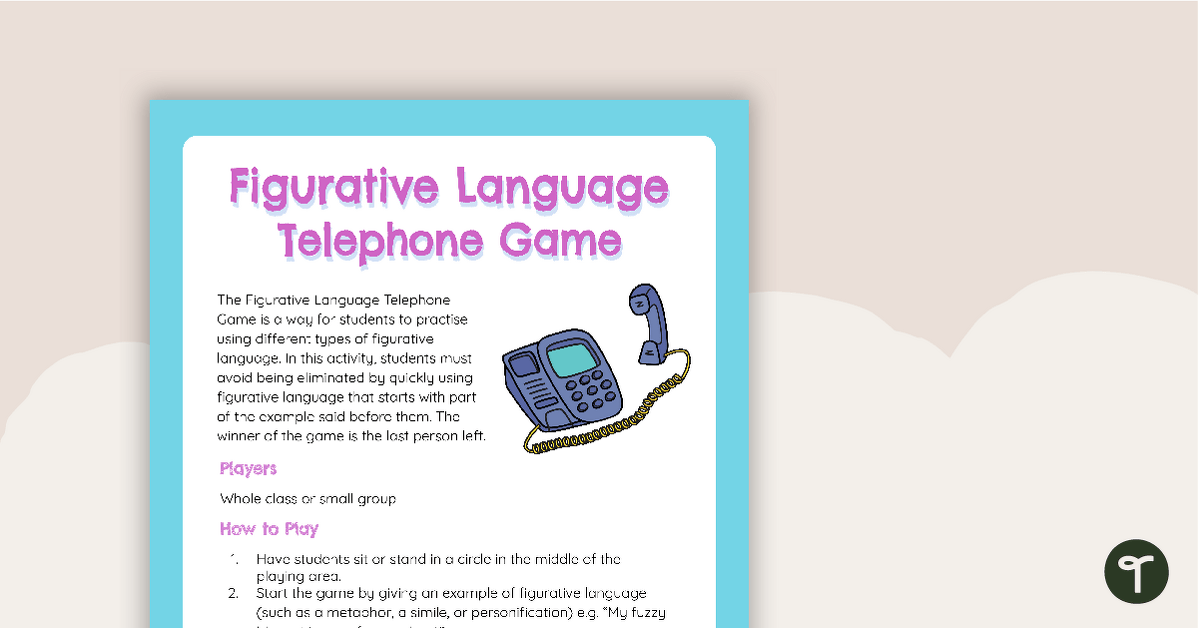


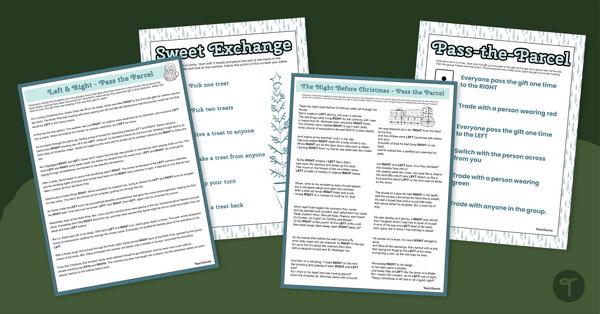
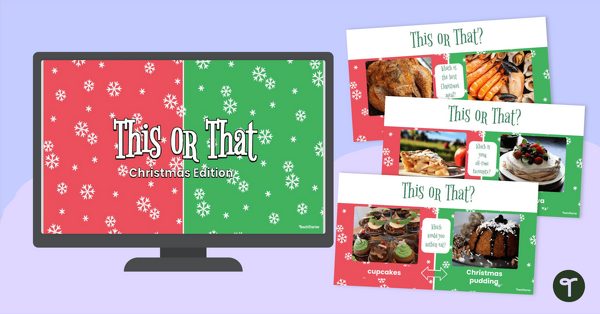


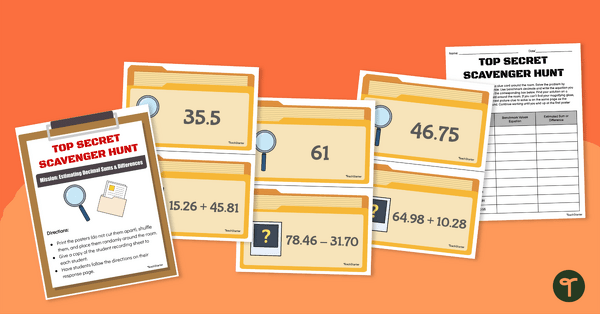
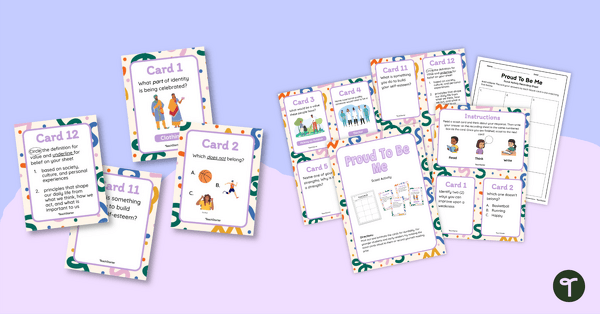
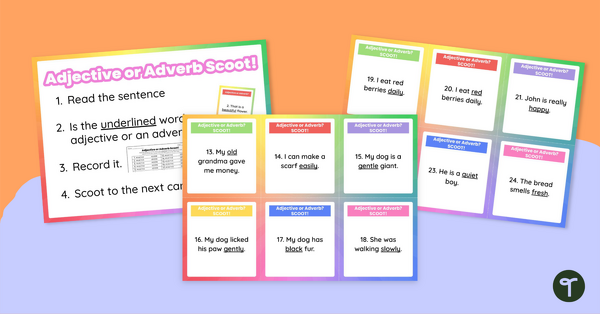

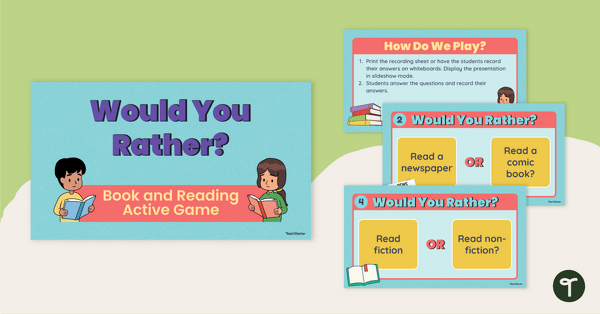
0 Comments
Write a review to help other teachers and parents like yourself. If you'd like to request a change to this resource, or report an error, select the corresponding tab above.